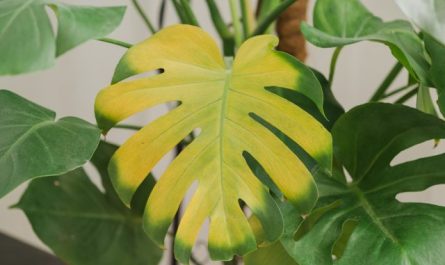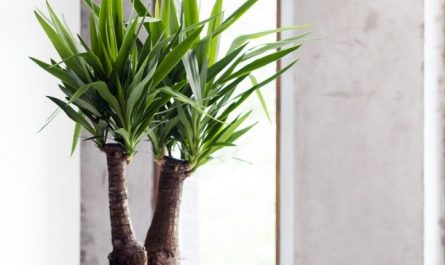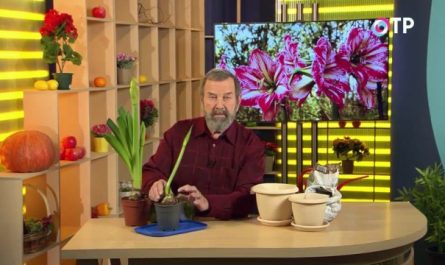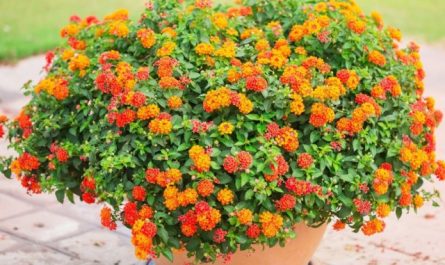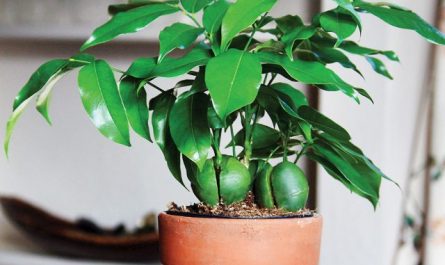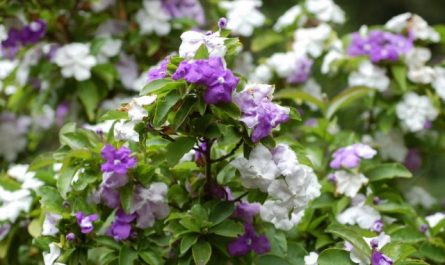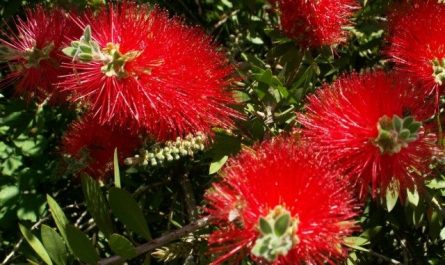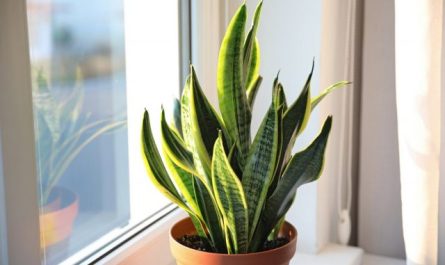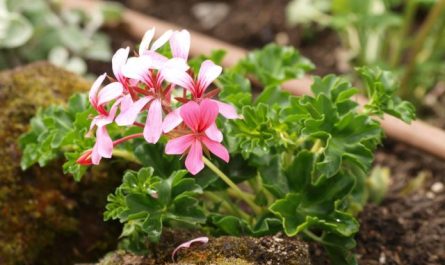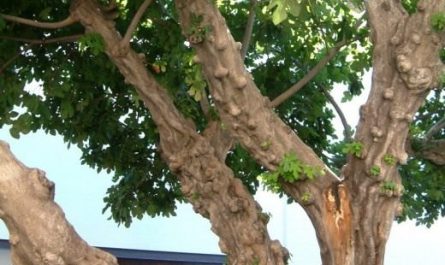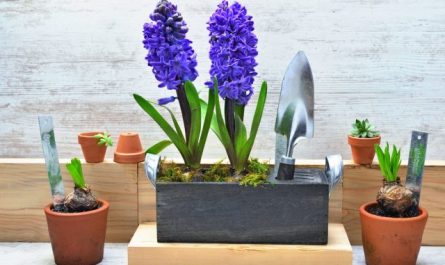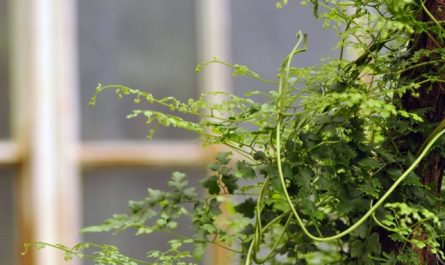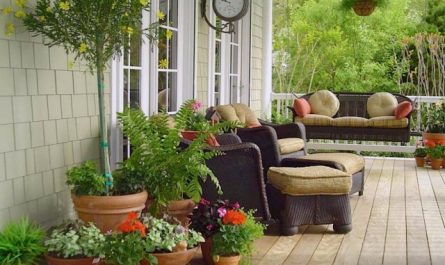Fashionable hybrids of tuberous begonias have almost ousted more original, beautifully flowering species from the shelves. Sutherland begonia is one of such original and bright varieties of begonias. Its greenery is not inferior to the beauty of flowering, and the bushes, creating charming clouds, seem dazzlingly bright. Growing this begonia is much easier than other fashionable novelties that have filled the shelves. And without special experience, it is much easier to cope with growing this plant than with other flowering begonias. Regular care and the right temperatures are all that Sutherland begonia needs.

A bright original among prim begonias
Sometimes begonias cause some hostility. They are considered aggressive and even negatively affecting energy, in general, not very suitable plants for decorating bedrooms and living rooms. But only those who pay attention only to the “thorns” can think so.
Being one of the most diverse indoor plants, begonias offer a choice not only between decorative-leaved and beautifully flowering species. Within each category there are unforgettable, dissimilar, bright stars. And a special diversity is characteristic of species begonias, which are valued for their flowering.
While the well-known begonias are massively filling windowsills and are driven out for the holidays, showing off on balconies and in street vases, only at first glance more modest plants remain undeservedly forgotten. Species beautifully flowering begonias are special, very bright in their decorativeness and much easier to grow. And in this regard, Sutherland’s begonia can well be considered a typical example.
Begonia Sutherlandii is classified as a tuberous begonia. The plant is native to Tanzania, although it can also be found in neighboring countries.
Begonia Sutherland (Begonia sutherlandii) is one of the ampelous species of begonia. It differs significantly from the usual tuberous begonia not only in the small size of its tuberous roots, but also in the type of shoots – arcuate drooping, thin, graceful, sparsely branching, but creating beautiful lush bushes.
The reddish color of the branches is almost invisible due to the densely seated, very bright leaves. The branches are limited in length to a maximum of 50 cm. The greenery of this type of begonia always looks dazzling. Medium or dark green, the leaves stand out pleasantly against the background of other indoor plants and often seem almost artificial.
Small, typically asymmetrical leaf blades with a serrated edge and original purple-red veins, with a pointed tip and an oval or oval-lanceolate shape do not look as impressive as those of decorative foliage species, but are very elegant. The pubescence of this begonia appears only on the underside of the leaves. The hairs are short, but noticeable.

Begonia Sutherlandii blooming
The plant combines bright greenery with equally bright flowers. Collected in hanging brushes, delicate, with bright acrylic colors, they seem almost extravagant. The flowers of this begonia are simple, with rounded petals, up to 1 cm in diameter. And the brushes of inflorescences are very airy and rare, which gives the flowering a unique grace.
The flowering period of Sutherland begonia lasts all summer. From June to early September, with proper care, it retains the same decorative effect.
Sutherland begonias are an orange-flowering species. Apricot, copper, salmon, fiery, terracotta shades of orange are surprisingly subtly echoed by reddish shoots and veins on the leaves.
One of the disadvantages of Sutherland’s begonia is rightly called the rapid loss of decorativeness and the need for frequent rejuvenation. The shoots of the plant become bare from below, stretch out, due to which the bushes lose their attractiveness and compactness. When signs of loss of decorativeness are seen, the plants are simply renewed, growing new bushes to replace them. Classic methods of rejuvenation in the form of pruning or dividing this begonia “do not work” as effectively as a simple replacement with new bushes. Pruning often saves the bushes for only one year.
Sutherlandia varieties offer a choice of different shades of green and tones of orange, from the dazzlingly bright and contrasting ‘Papaya’ to more modest varieties.

Growing conditions for Begonia Sutherlandii
This type of begonia is not so photophilous that you need to look for a place for it only on windowsills. Sutherland’s begonia also demonstrates beautiful flowering in partial shade. And the need for a cool wintering for the plant arises only in the absence of lighting correction in winter.
Lighting and placement
Begonia Sutherlandii is a light-loving, but not sun-loving species. It cannot grow in deep shade, but feels very comfortable in diffused partial shade.
The same intensity of light is needed for the plant throughout the year; with the reduction of daylight hours, it is worth moving the plants to more illuminated windows. If it is not possible to compensate for seasonal problems with lighting either by moving or by backlighting, the decorativeness of the plant can only be preserved by lowering the temperature of the content.
The ideal place for Sutherland’s begonia is considered to be eastern or western windowsills. Plants can be placed in the interior near southern windows.
Temperature conditions and ventilation
This type of begonia prefers to remain in stable temperatures all summer. It is a heat-loving plant that feels comfortable in room temperatures from 20 to 25 degrees Celsius from spring to autumn. With good lighting in winter or additional lighting, there is no need to lower the temperature. If there is not enough light, there is no way to move the pots to more illuminated windows, the temperature should be lowered to a cool 12-16 degrees. Temperature drops below 12 degrees are unacceptable.
Begonia Sutherlandii can spend the summer outdoors. After stable heat sets in, it can be moved to balconies or even to the garden. It is better to choose semi-shaded or shaded places for the plant, be sure to protect it from drafts.

Caring for Begonia Sutherlandii at Home
This beauty cannot be called a difficult-to-care-for type of begonia. Like all tuberous begonias, Sutherland’s begonia requires careful watering, but otherwise is content with standard procedures suitable for any other indoor plant with a long flowering period.
Watering and air humidity
For this type of begonia, it is necessary to create constantly moist conditions. The plant is watered regularly. So that between these procedures the soil dries out only in the upper few centimeters. In summer, Sutherland’s begonia needs more frequent watering. In winter, they are reduced, but only the upper layer of the substrate is still allowed to dry out. The approximate frequency of watering is 3 times a week in summer and 1 or 2 times in winter.
This plant is extremely sensitive to wetting of all above-ground parts. When watering Sutherland begonia, you should act carefully, not allowing water to splash the leaves, and especially the flowers.
Like most beautifully flowering begonias, Sutherland’s begonia does not like dry air and prefers higher humidity levels. But since the plant does not tolerate getting wet, it is not possible to use a simple spraying method. For Sutherland’s begonia in rooms with dry air, trays with wet moss are installed, various decorative external containers are used, or humidifiers are installed. At average humidity levels, such measures are not necessary.
Top dressing and fertilizer composition
Fertilizers for this type of begonia are applied only in liquid form, together with water for irrigation. During the period of active growth and development, and especially flowering, you cannot do without frequent regular fertilizing. The optimal frequency of procedures is once every 1 weeks.
Despite the status of a beautifully flowering plant, Sutherland’s begonia is in some ways a unique culture. The beauty of the leaves and flowering are equally important to it, so it is better to choose complete mineral fertilizers with a balanced composition.
Pruning and shaping Sutherland begonia
Pruning of Sutherland begonia bushes is used as a temporary measure to thicken the bushes and prevent the plant from stretching. Often it does not bring the desired result in the long term. When pruning, shoots that are bare at the bottom and stretched out are greatly shortened.
Pinching the tops allows you to stimulate the division of shoots and thickening, prevents accelerated aging of bushes. You can start pinching at an early age.
Transplantation, containers and substrate
This plant should not be disturbed until the roots have completely taken over the entire space of the pot. Transplantation is carried out if necessary in spring or summer.
For Sutherland begonia, you need to select small containers in which the plant will grow mainly in the above-ground part. The diameter of the pots is increased by only 1-2 cm. For this type of begonia, too deep containers are not suitable.
When replanting, it is important to maintain the usual proportions and type of pot – if the bushes grew in natural clay vessels with a width greater than the height, then they need to be grown in containers of the same type further.
For Sutherland begonia, peat-based soil mixtures are selected. The main parameter is looseness, but this type of begonia will not be able to bloom in poor soil either. Special ready-made substrates for begonias and universal high-quality soil are equally suitable for this plant.
Sutherland begonia is transplanted, keeping the entire root ball intact. It is not advisable to destroy the root ball even in case of damage by pests or diseases, or emergency transplantation (it is easier to propagate begonia by cuttings and plant new plants).

Diseases, pests and problems in cultivation
Begonia Sutherlandii is perhaps the most stable of all beautifully flowering begonias. It is very rarely affected by pests – in the extremely neglected state of the entire plant collection, and most often by spider mites.
Unfortunately, diseases are not uncommon. Growing in the shade and improper watering lead to the development of rot. The only way to combat damage is to remove damaged parts and then treat them with fungicidal preparations.
Common problems in growing this species:
- stretching in the shade;
- yellowing of leaves or shedding of leaves, lack of flowering in poor lighting;
- curling of leaves in dry air.
Propagation of Begonia Sutherlandii
Like all other ampelous begonias, Sutherland’s begonia is well propagated by cuttings. Apical cuttings can be rooted even simply in water. But if desired, rooting can be done immediately in small pots for growing, in loose universal soil (both under a cap and without). It is cuttings that are used as a method of renewing plants that have lost their decorative properties and need rejuvenation: the tops of the branches are cut off, re-rooted, replacing old bushes with new plants.
Begonia can also be grown from seeds. Sowing is carried out according to the rules common to all garden and indoor begonias – in early spring, in a loose substrate, under glass or film.
